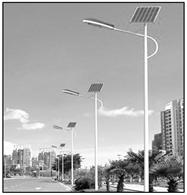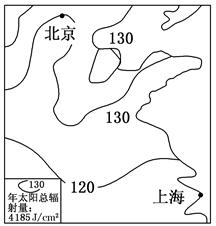“蹦极”是一项刺激的体育运动.某人身系弹性绳自高空P点自由下落,图中a点是弹性绳的原长位置,c是人所到达的最低点,b是人静止悬吊着时的平衡位置,人在从P点下落到最低点c点的过程中( )
A.在a点时人的速度最大
B.在ab段绳的拉力小于人的重力,人处于失重状态
C.在a、b、c三点中,人在a点时加速度最大
D.在c点,人的速度为零,处于平衡状态

A、从a点向下,人的重力大于弹力,加速度向下,则做加速运动,根据牛顿第二定律知,加速度减小,当到达b位置,重力和弹力相等,速度最大,由b到c,重力小于弹力,加速度方向向上,做减速运动.故A错误.
B、在ab段绳的拉力小于人的重力,加速度向下,人处于失重状态.故B正确.
C、b点加速度为0,a点的加速度为g,若从a点静止释放,到达最低点时,根据对称性,加速度为g,方向向上,但是物体从一定高度下落,最低点更低,根据牛顿第二定律,知加速度比g大.所以c点加速度最大.故C错误.
D、在c点,速度为零,但不是平衡状态.故D错误.
故选B.


